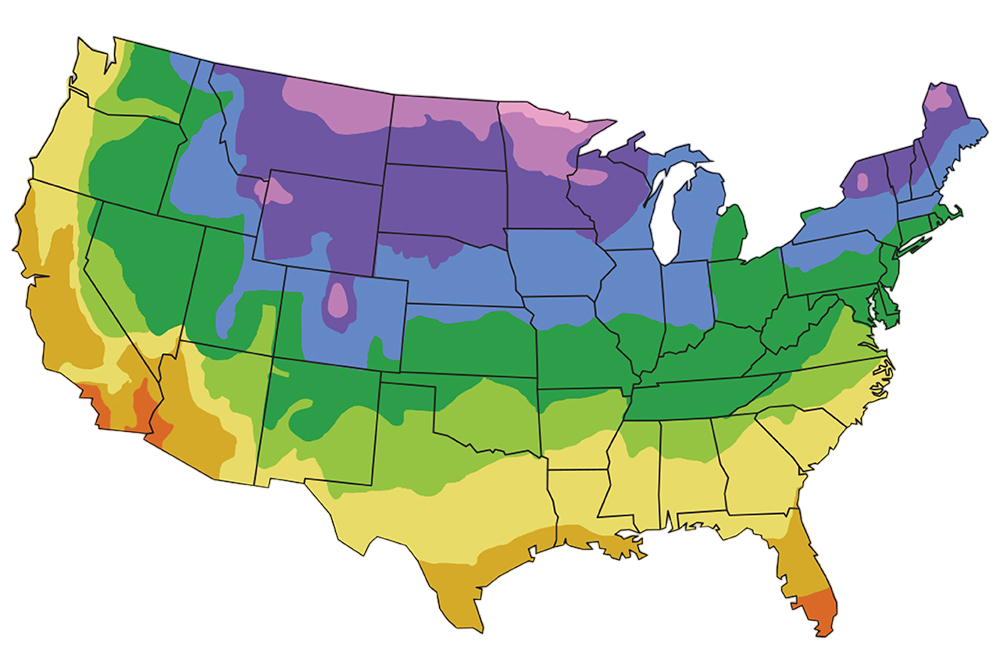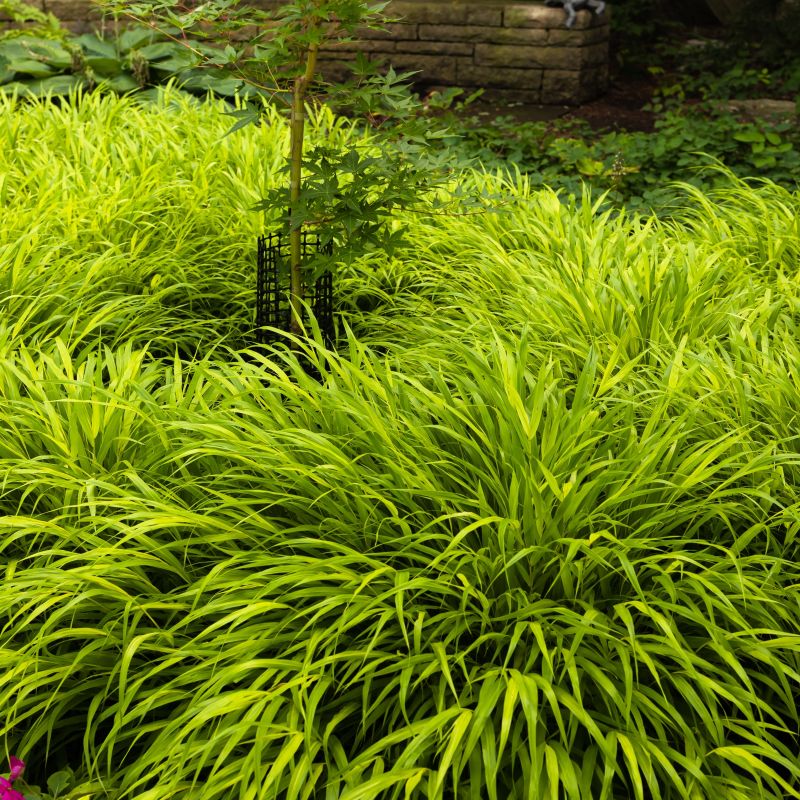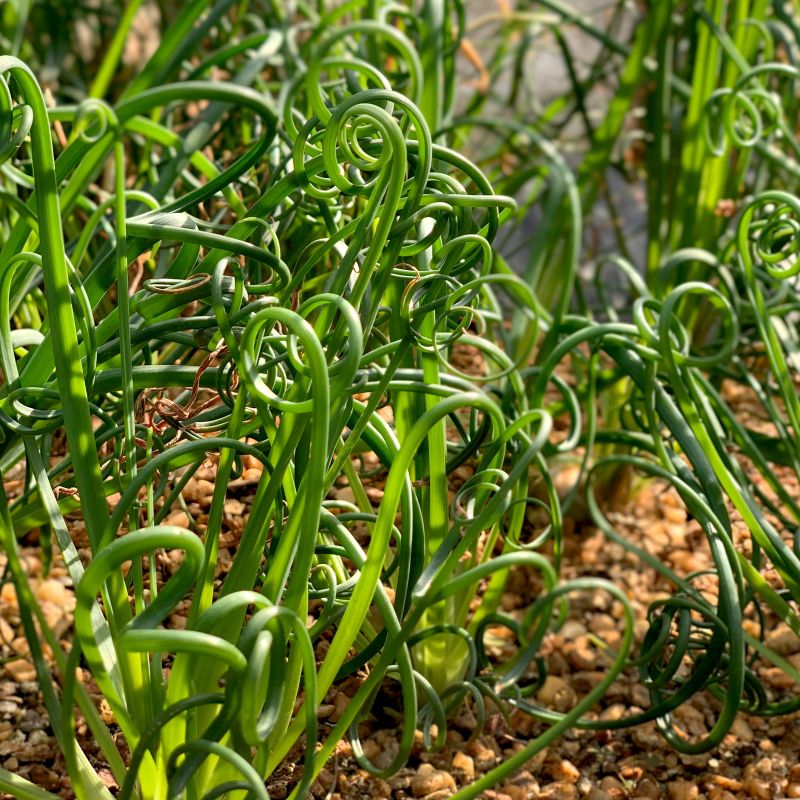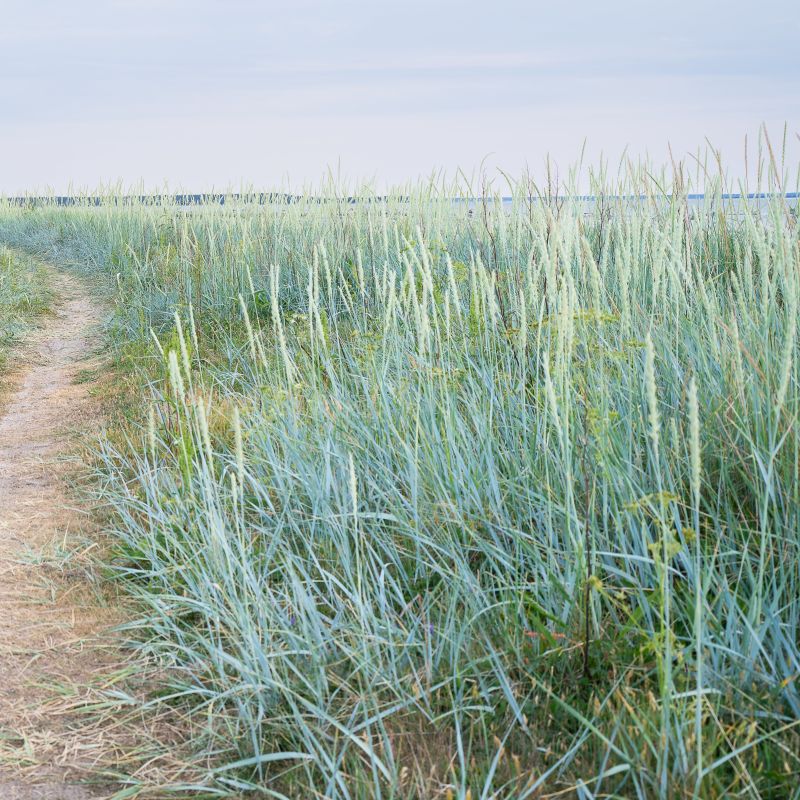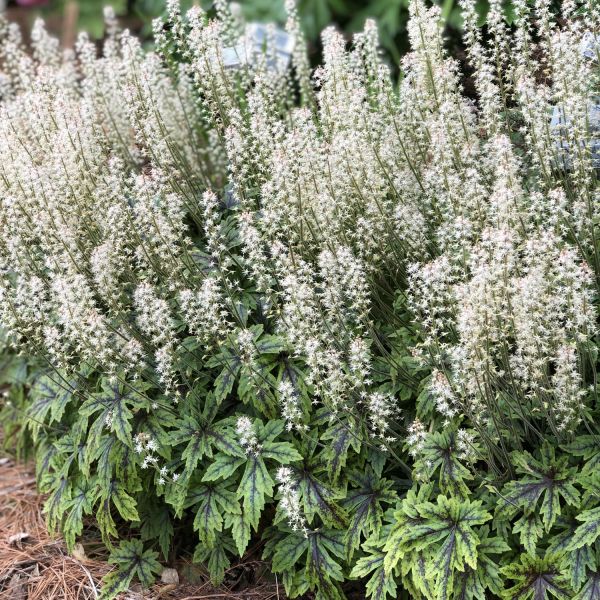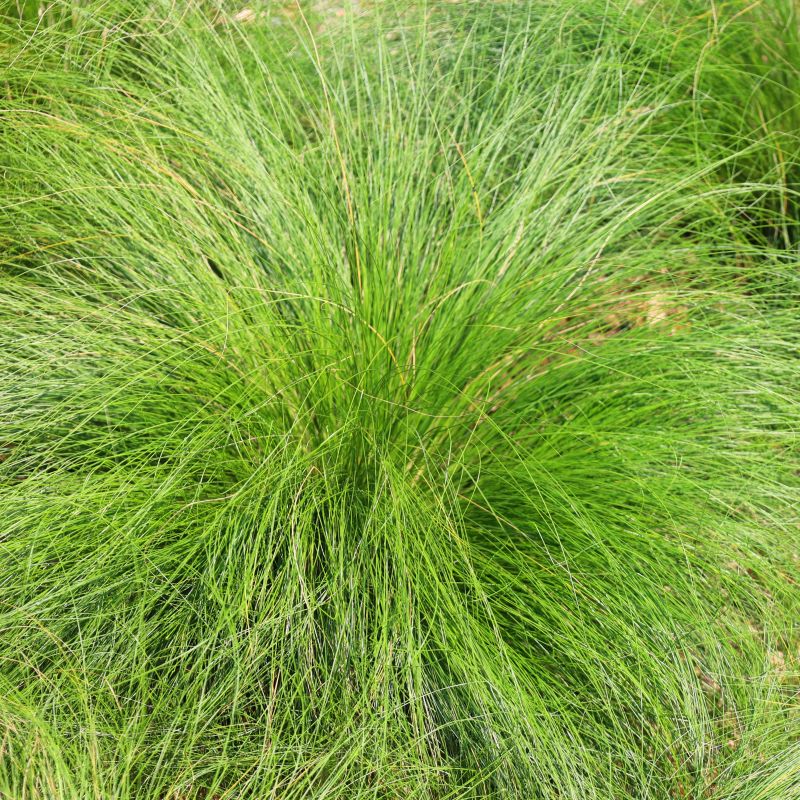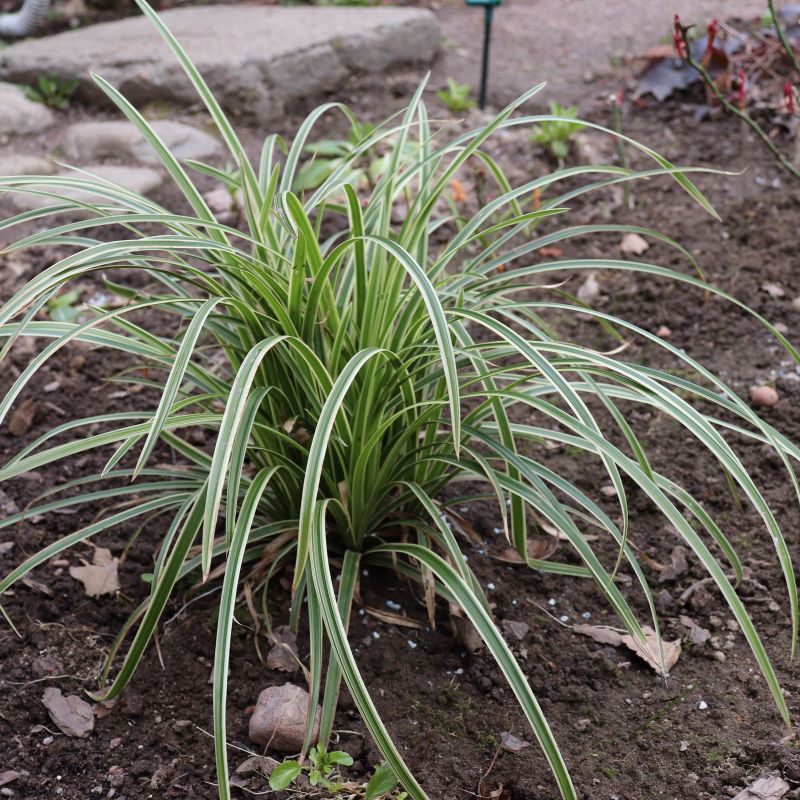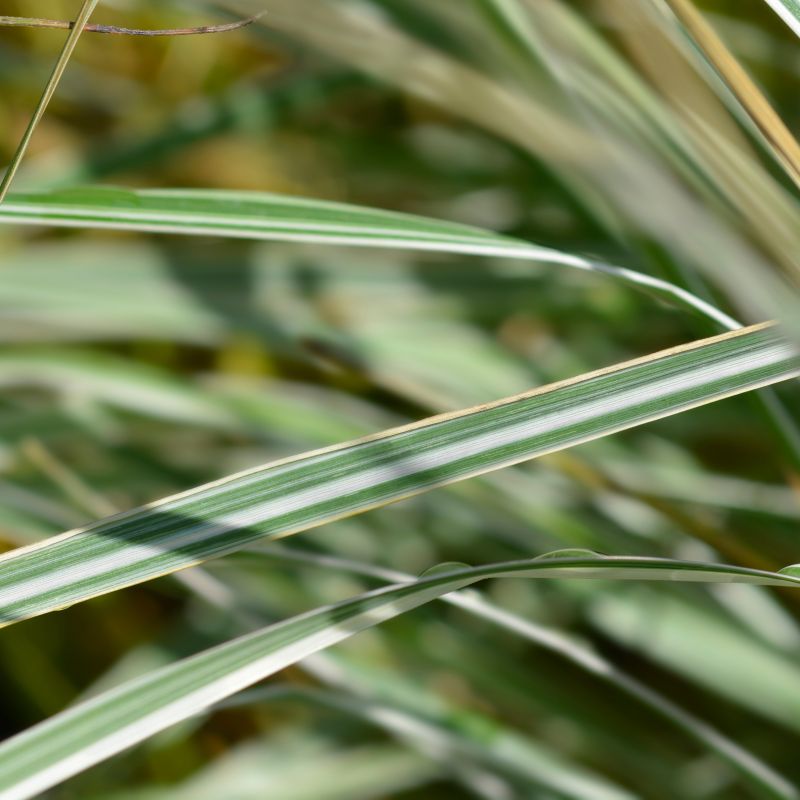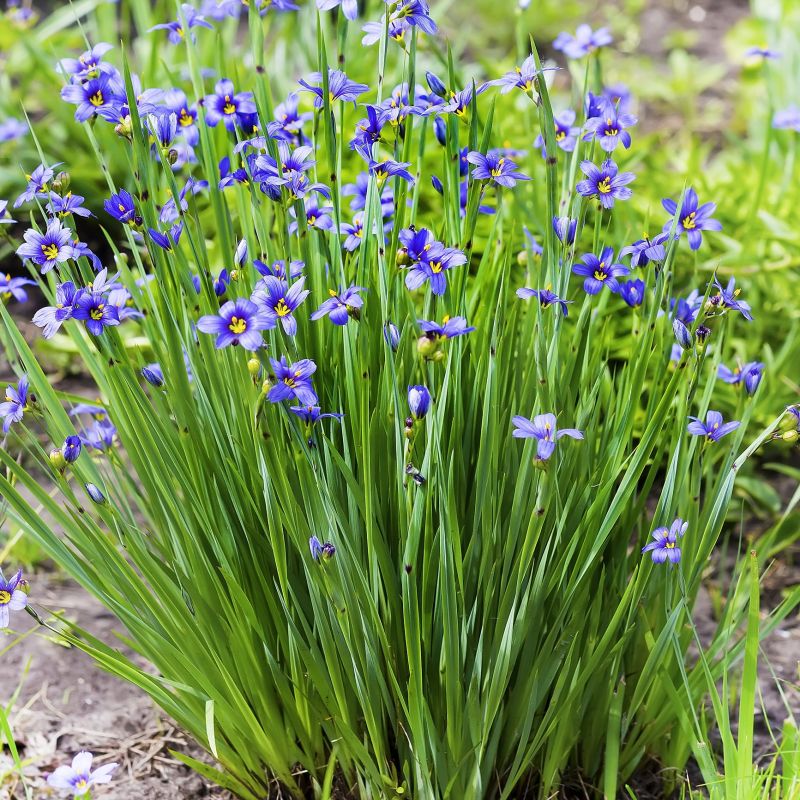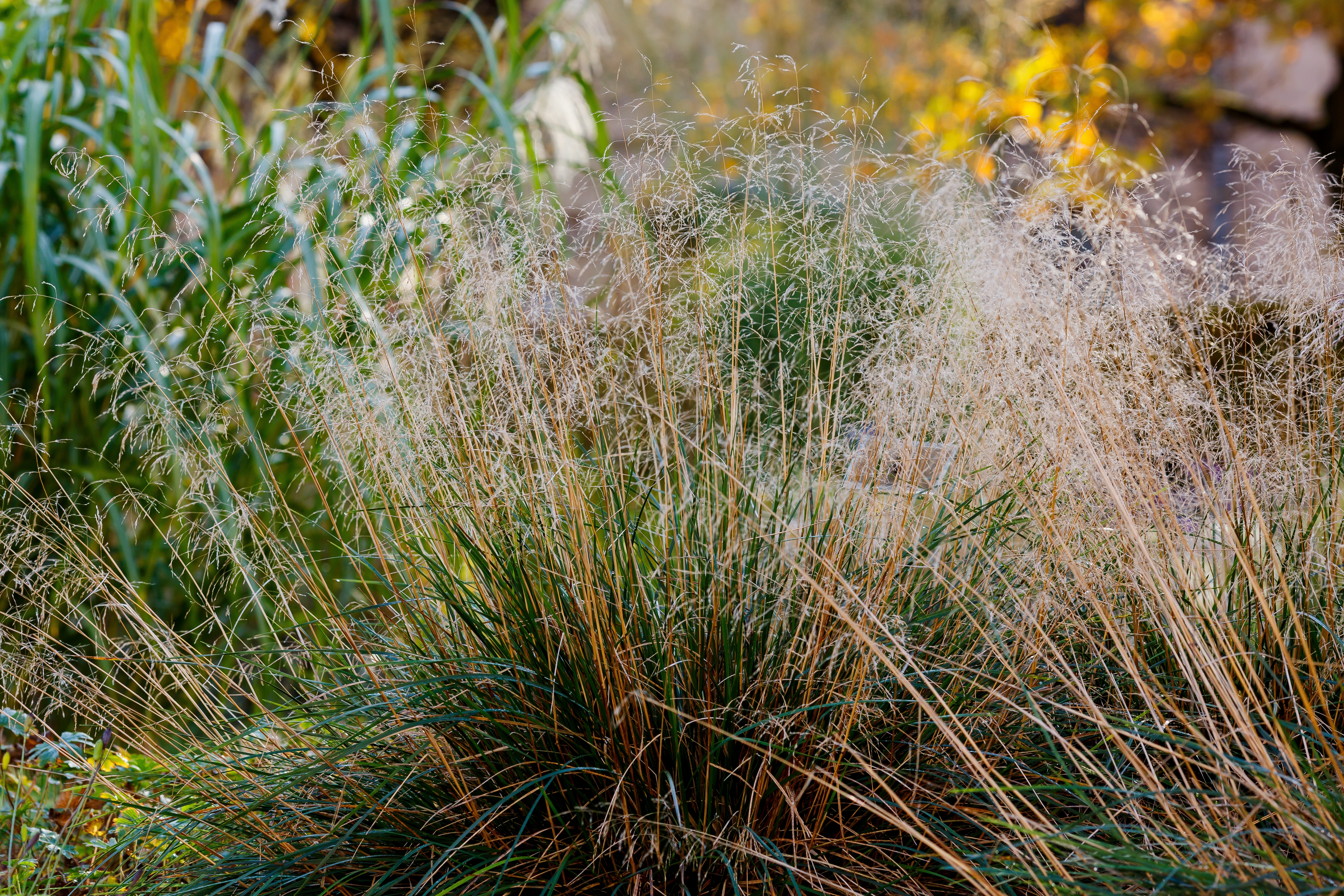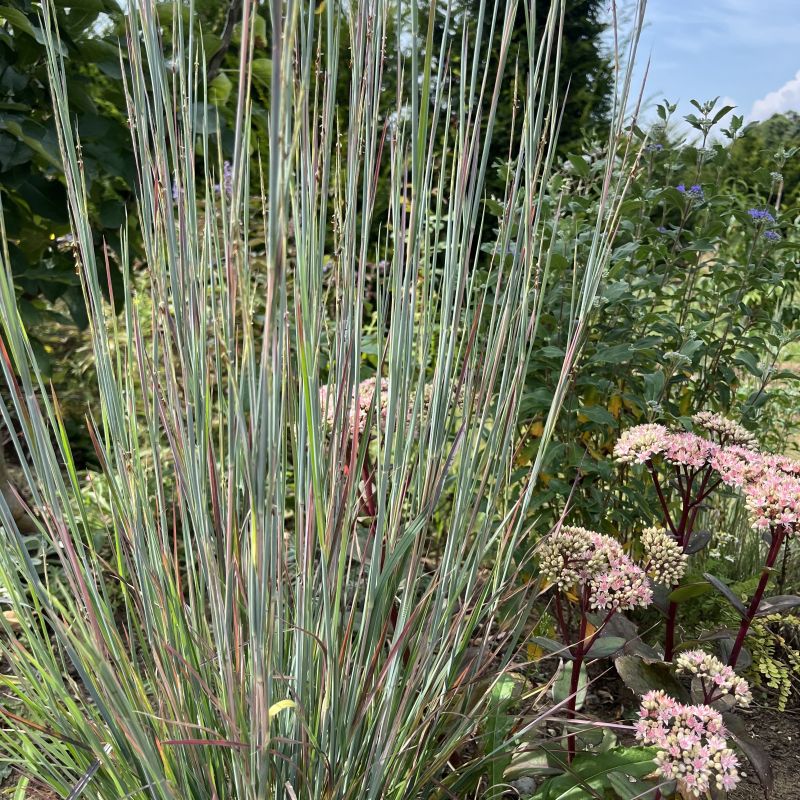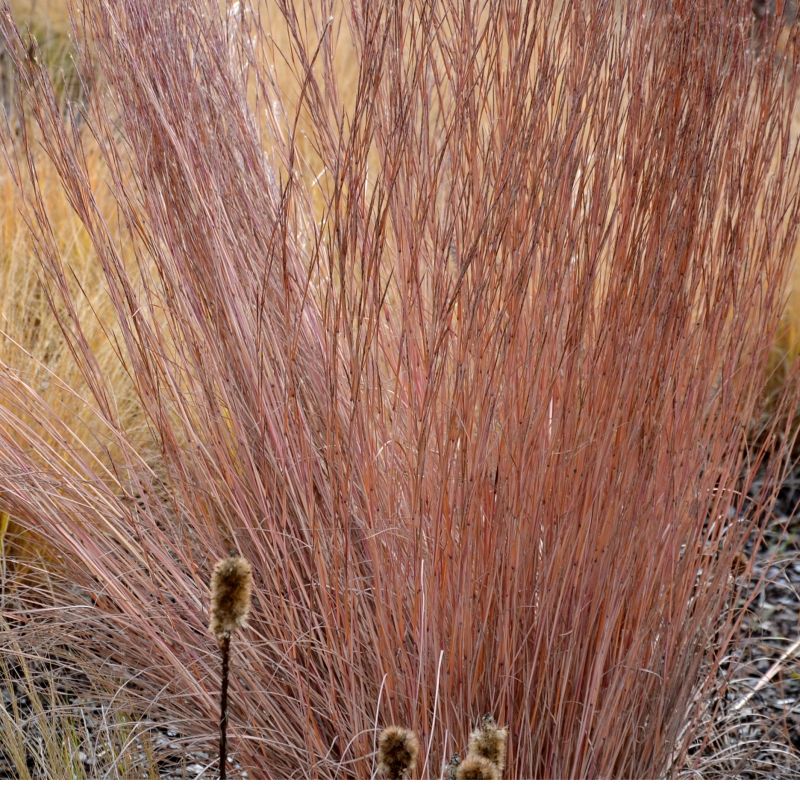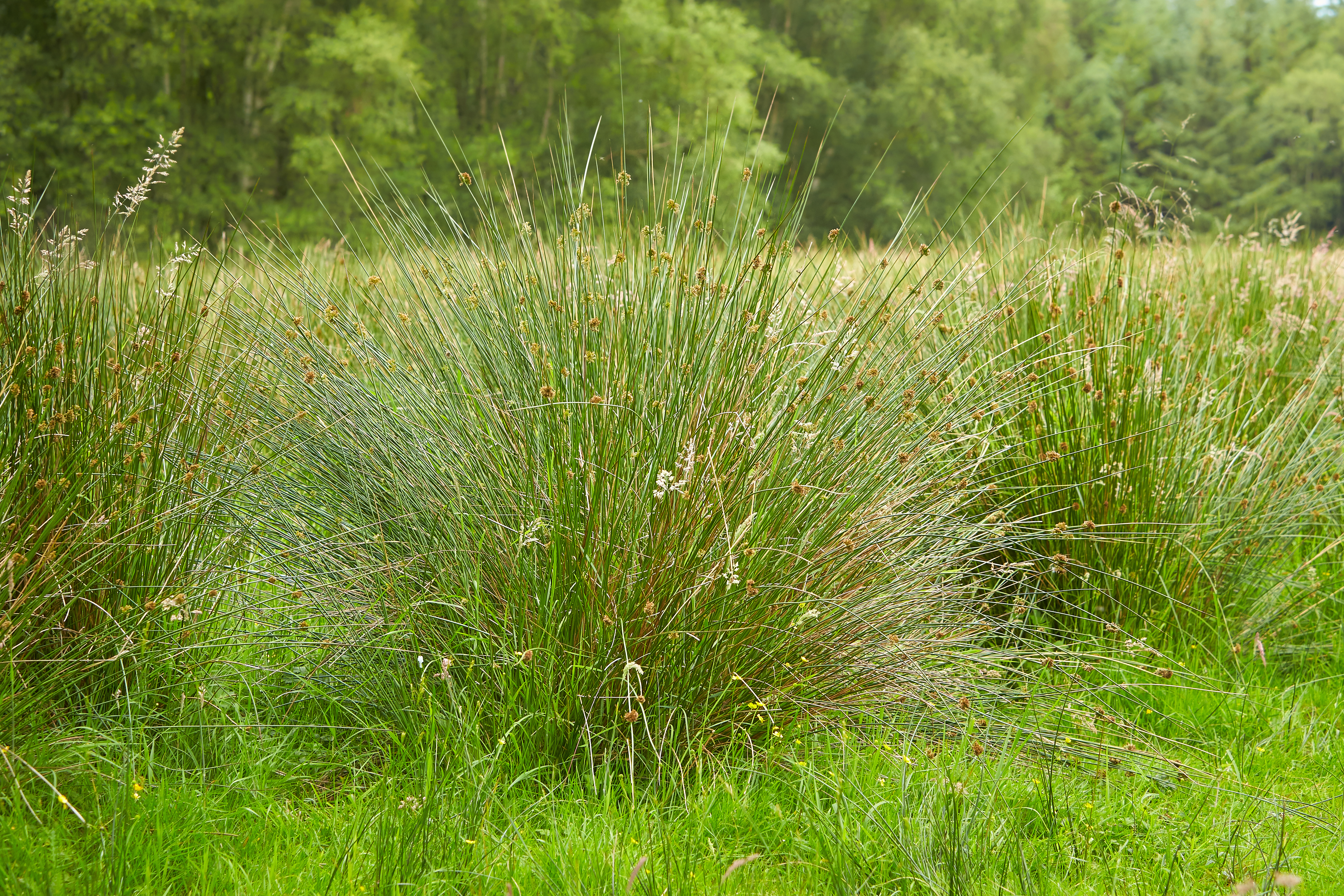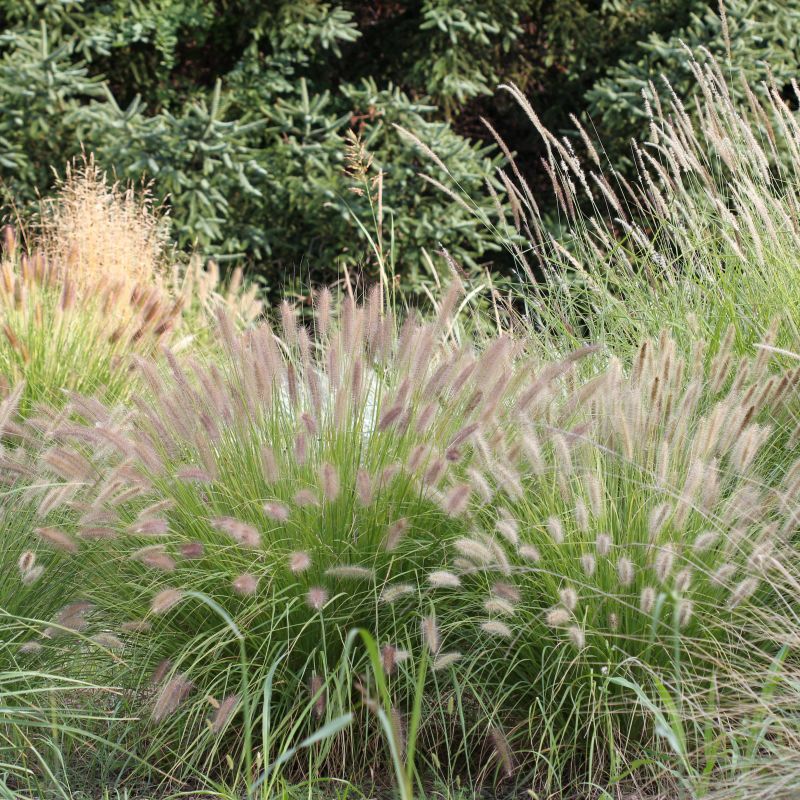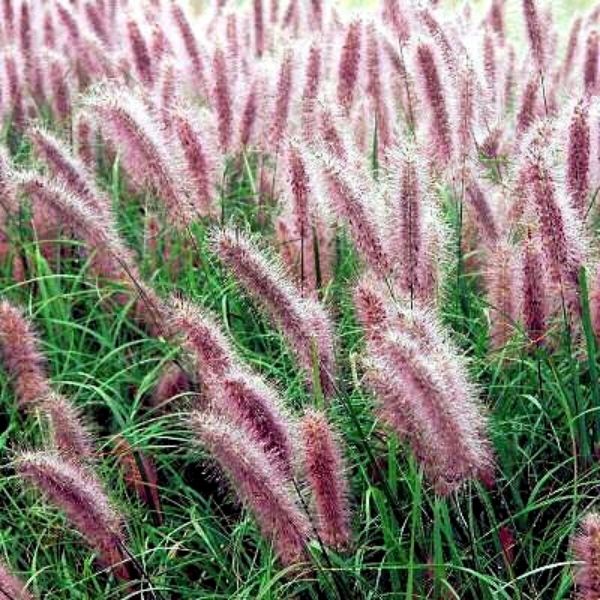








Savannah Grass
Melinis nerviglumis Savannah
12 reviews
Savannah Grass
Melinis nerviglumis Savannah
12 reviews
- Natural, low-maintenance landscaping option
- Drought-tolerant and hardy in various climates
- Adds a unique texture and visual interest to outdoor spaces
- Recommended by landscape designers for optimal fit in real yards
$64.00
$92.00
30% Off
- Ships to 43215 in 3 to 7 days
- Free Shipping Over $150
- Plant Arrival Guarantee
- In Stock
- Free Plant Consult
$200 - Landscape-Approved: Every Plant We Sell Comes With Design Expertise Behind It
2.5 Qt.
Not just beautiful - intentionally selected by ShrubHub's 3D landscape design team to fit real-world spaces and maximize yard potential.
Why Savannah Grass?
Savannah Grass, also known as Melinis nerviglumis Savannah, is a versatile and hardy grass species that is well-suited to a variety of ecosystems. It has a high tolerance for drought and can thrive in poor soils, making it a valuable option for landscaping and erosion control. Its striking pinkish-red color adds a beautiful aesthetic to any natural landscape.
People who loved this plant also bought
Sunlight
Savannah Grass thrives in full to partial sunlight, requiring at least 6-8 hours of direct sunlight per day for optimal growth. It is important to ensure the grass receives adequate sunlight to promote healthy growth and prevent shade-induced thinning or d
Watering
Savannah Grass requires regular watering, especially during dry periods. It is important to keep the soil consistently moist but not waterlogged. Water deeply to encourage deep root growth and water in the morning to reduce evaporation and prevent disease
Fertilizing
Savannah Grass thrives in well-drained, nutrient-rich soils with a balanced fertilizer containing nitrogen, phosphorus, and potassium. Regular applications of a slow-release fertilizer in spring and fall, along with occasional top-dressing with compost or
Savannah Grass (Melinis nerviglumis Savannah)
Savannah Grass, also known by its scientific name Melinis nerviglumis 'Savannah', is a beautiful ornamental grass that adds color and texture to any landscape.
Features:
- Grass Type: Ornamental
- Height: 2-3 feet
- Spread: 2-3 feet
- Exposure: Full sun
- Water: Low to moderate
- Soil: Well-draining
- Hardiness Zone: 8-11
Description:
Savannah Grass features striking burgundy-red foliage that gracefully arches over in a fountain-like shape. In the summer, delicate pink flower spikes appear, adding even more visual interest to this already stunning grass. It is drought-tolerant once established and requires minimal maintenance, making it a popular choice for gardens, borders, and containers. Savannah Grass also attracts pollinators, such as bees and butterflies, making it a beneficial addition to any garden.
Plant Information:
| Botanical Name: | Melinis nerviglumis Savannah |
| USDA Zones: | 8 - 10 |
| Mature Height: | 6-18 ft |
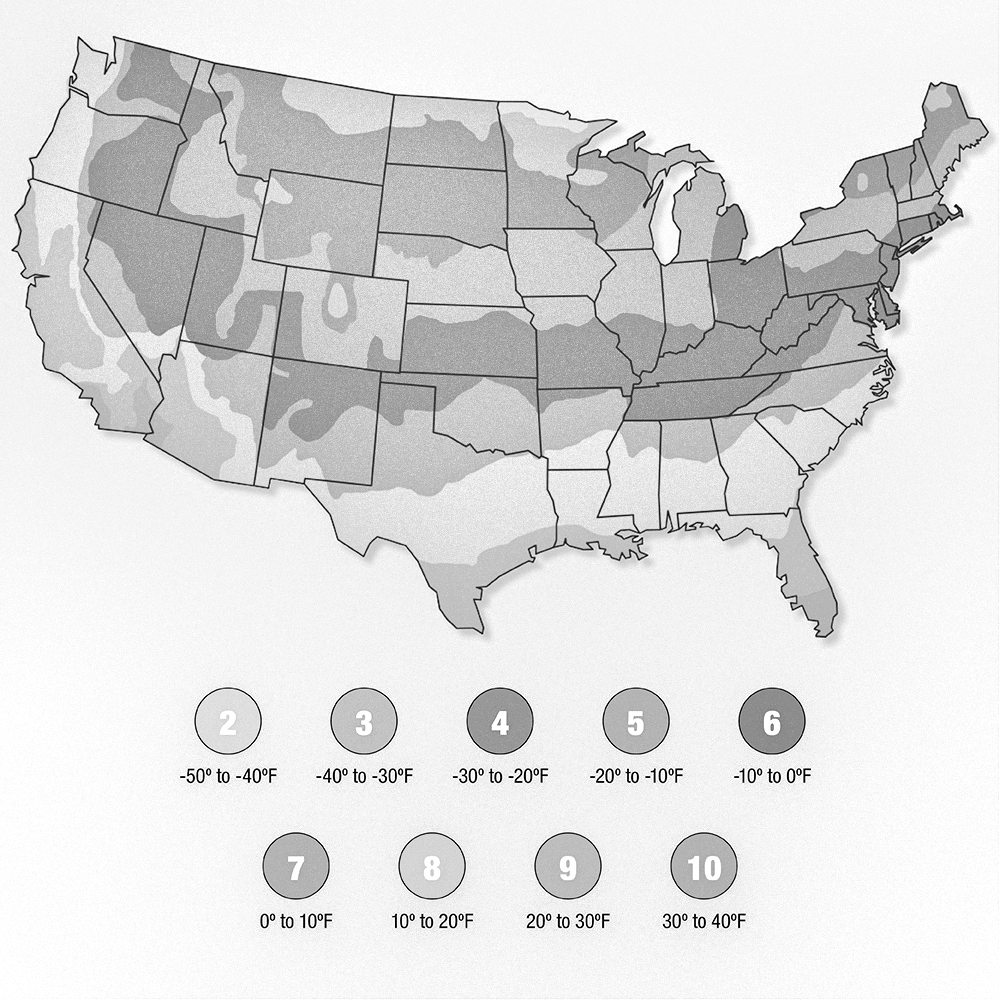
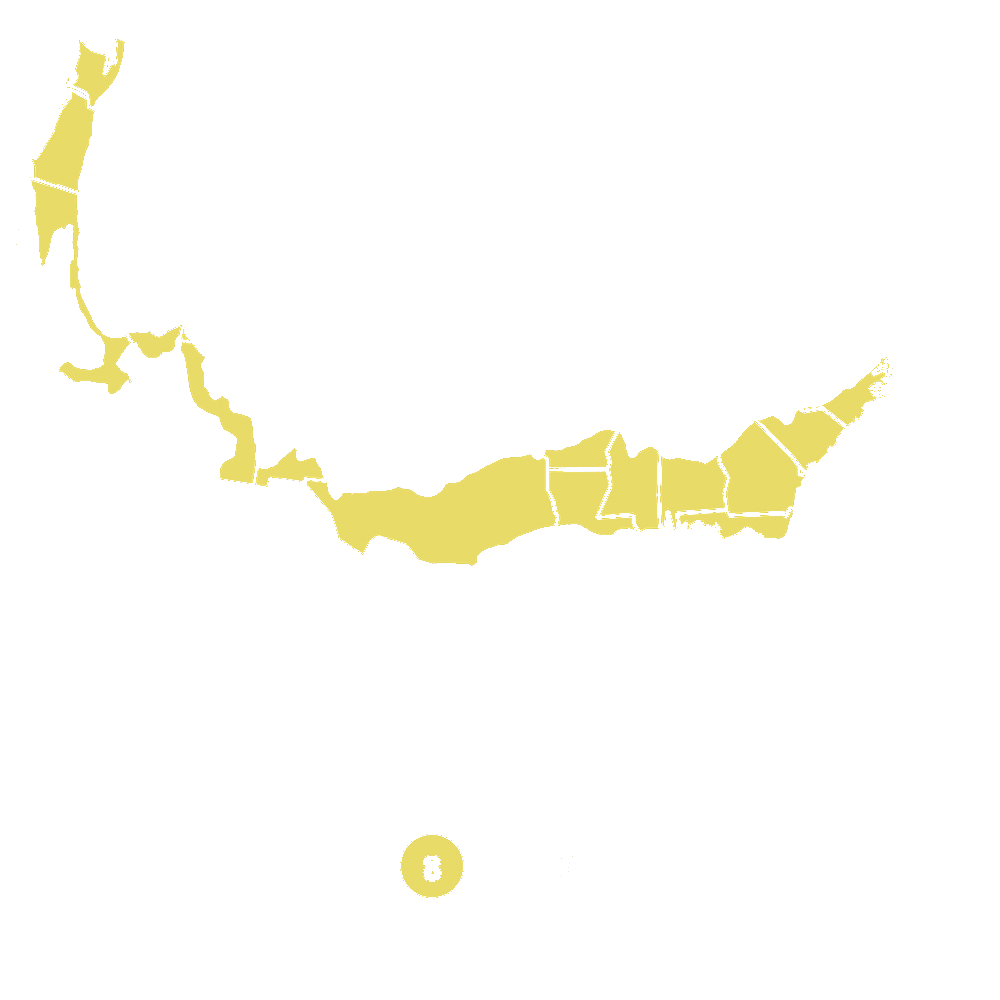
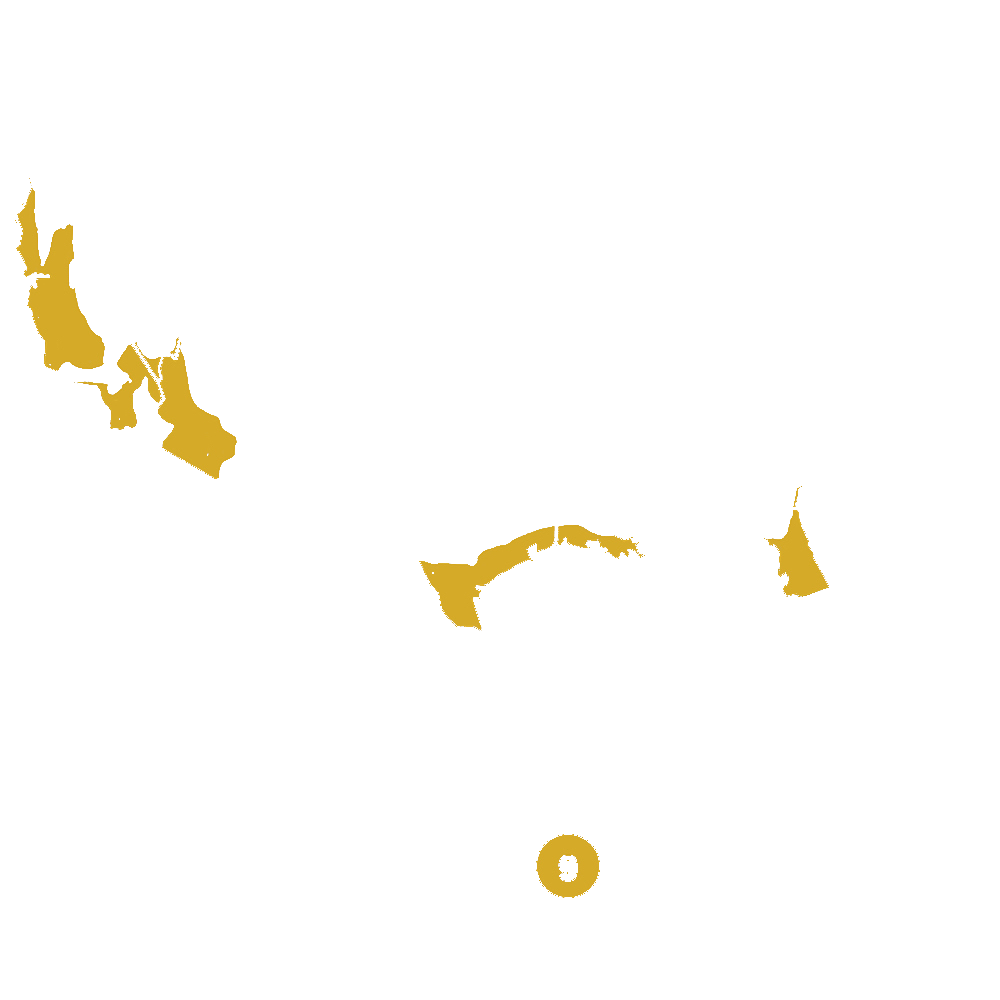

Pollination Info
Pollination Information for Savannah Grass
Savannah Grass (Melinis nerviglumis Savannah) is a perennial grass native to Africa that thrives in sunny, open areas. This grass is primarily wind-pollinated, meaning that it does not rely on insects or other pollinators for reproduction.
The flowers of Savannah Grass are small and inconspicuous, with long, feathery stigmas that catch and hold pollen grains carried by the wind. This grass produces abundant pollen, ensuring successful fertilization and seed production.
While Savannah Grass does not require insect pollinators, it can benefit from the presence of bees, butterflies, and other pollinating insects in the area. These insects can help to increase genetic diversity within the grass population and promote cross-pollination.
In cultivation, Savannah Grass can be propagated through seed, division, or transplanting. However, to ensure healthy seed production and the continued success of the grass, it is important to provide suitable growing conditions, including adequate sunlight, well-drained soil, and regular watering.
FAQ
Frequently Asked Questions about Savannah Grass (Melinis nerviglumis Savannah)
What is Savannah Grass?
Savannah Grass, scientifically known as Melinis nerviglumis Savannah, is a type of ornamental grass known for its feathery plumes and attractive foliage. It is commonly used in landscaping for its beauty and low maintenance requirements.
How tall does Savannah Grass grow?
Savannah Grass typically grows to a height of 2-3 feet, making it a great choice for border plantings or as a groundcover in garden beds.
What kind of soil does Savannah Grass prefer?
Savannah Grass prefers well-drained soil with a slightly acidic to neutral pH. It can tolerate a variety of soil types, including sandy, loamy, or clay soils.
How much sunlight does Savannah Grass need?
Savannah Grass thrives in full sun to partial shade, though it will produce more vibrant foliage and blooms in full sun conditions.
How often should I water Savannah Grass?
Savannah Grass is drought tolerant once established and only needs to be watered during prolonged dry periods. Water deeply but infrequently to encourage deep root growth.
Does Savannah Grass require pruning?
Dead or damaged foliage can be trimmed back at any time to promote new growth, but Savannah Grass generally does not require regular pruning.
Can Savannah Grass be grown in containers?
Yes, Savannah Grass can be grown in containers as long as they have adequate drainage holes and are placed in full sun. Be sure to water container-grown plants more frequently than those in the ground.
Is Savannah Grass invasive?
Savannah Grass is not considered invasive in most regions, but it can spread readily by seed in favorable conditions. To prevent unwanted spread, deadhead spent blooms before they have a chance to set seed.
Planting & Care
Planting and Care for Savannah Grass (Melinis nerviglumis Savannah)
Savannah Grass, also known as Melinis nerviglumis Savannah, is a beautiful ornamental grass that is native to Africa. It is known for its striking pink flowers and feathery foliage. Here are some tips for planting and caring for Savannah Grass:
Planting
- Choose a sunny location with well-drained soil for planting Savannah Grass.
- Plant Savannah Grass in the spring or fall for best results.
- Dig a hole that is twice as wide as the root ball of the plant and place the plant in the hole at the same depth as it was in its container.
- Water the plant thoroughly after planting to help establish its roots.
Care
- Water Savannah Grass regularly, especially during hot, dry periods.
- Apply a balanced fertilizer once a month during the growing season to promote healthy growth.
- Prune back dead or damaged foliage in the spring to encourage new growth.
- Divide clumps of Savannah Grass every 2-3 years to prevent overcrowding.
- Protect Savannah Grass from frost by covering it with mulch in the winter.
With proper planting and care, Savannah Grass can thrive in your garden and provide a beautiful focal point with its lovely pink flowers and graceful foliage.
Check Out These Verified Customer Reviews:
Customer Reviews
4.6 out of 5 based on 12 reviews
Thank you! Your review has been submitted.
Impressed with the item condition.
Savannah Grass is top-notch quality! I have received numerous compliments on how beautiful it looks.
Website was easy to navigate.
Item has been added to your cart.

